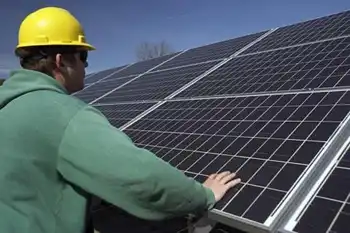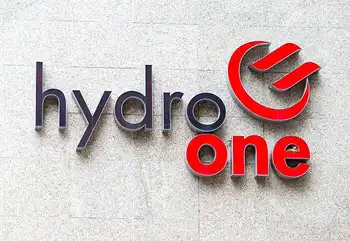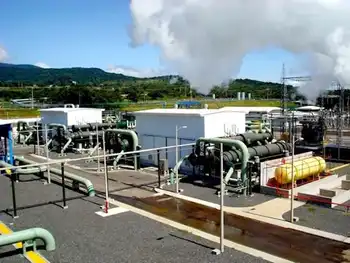Wind farms bow before needs of golden eagle
There are just over 40 breeding pairs of golden eagles left in Britain, all but one in Scotland, but plans for the establishment of a 350,000-hectare Special Protection Area designed to safeguard the future of the raptor has brought conservationists into conflict with the renewable energy industry.
A 14-turbine wind farm near Inverary in Argyll was turned down by the Scottish government in October.
Meanwhile, Scottish Natural Heritage will begin a three-month consultation on the SPA proposals in the new year.
Damian Aubrey, senior development manager of Wind Prospect, one of the partners in the Inverary project which has built wind farms across the world, warned the decision threatened to "sterilize" the development of renewable energy sources and thwart the Scottish government's ambitious plans to generate 50 per cent of its energy needs from green methods by 2020. He said: "There is very little evidence to show that birds are affected by wind turbines. It is very much a myth that has no scientific basis. Potentially this could sterilize against development huge swaths of the Scottish landscape, which would have serious implications for reaching renewable energy targets."
Announcing the six new proposed areas, the Environment Minister, Roseanna Cunningham, said the future wellbeing of the golden eagle was finely balanced and needed protection. "While we have a duty to protect our biodiversity for future generations, this should not automatically mean that leisure and economic activity cannot take place in our countryside."
She added: "We must find a balance between access, conservation and development to ensure that all sectors can benefit from and enjoy the countryside."
There are currently eight Special Protection Areas for golden eagles in the peatlands and uplands of northern and western Scotland favoured by the birds.
However the species, which saw numbers decline dramatically in recent centuries due to persecution and agricultural poisoning, remains vulnerable and highly dependent on large undisturbed spaces to hunt.
The new proposed sites will include Glen Affric as well as Jura, Scarba and the Garvellachs off the west coast.
Related News

Germany launches second wind-solar tender
BERLIN - Germany's Federal Network Agency (BNA) has launched its second joint onshore wind and solar photovoltaic (PV) tender, with a total capacity of 200 MW.
A maximum guaranteed subsidy payment has been set at 87.50 per MWh for both energy sources, which BNA says will have to compete against each other for the lowest price of electricity. According to auction rules, all projects must have a minimum of 750 kW.
The auction is due to be completed on 2 November.
The network regulator has capped solar projects at 10 MW, though this has been extended to 20 MW in some districts. Onshore wind…




